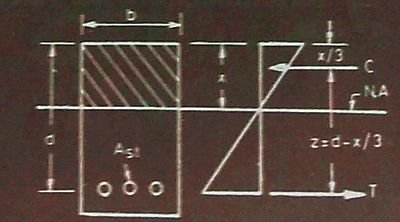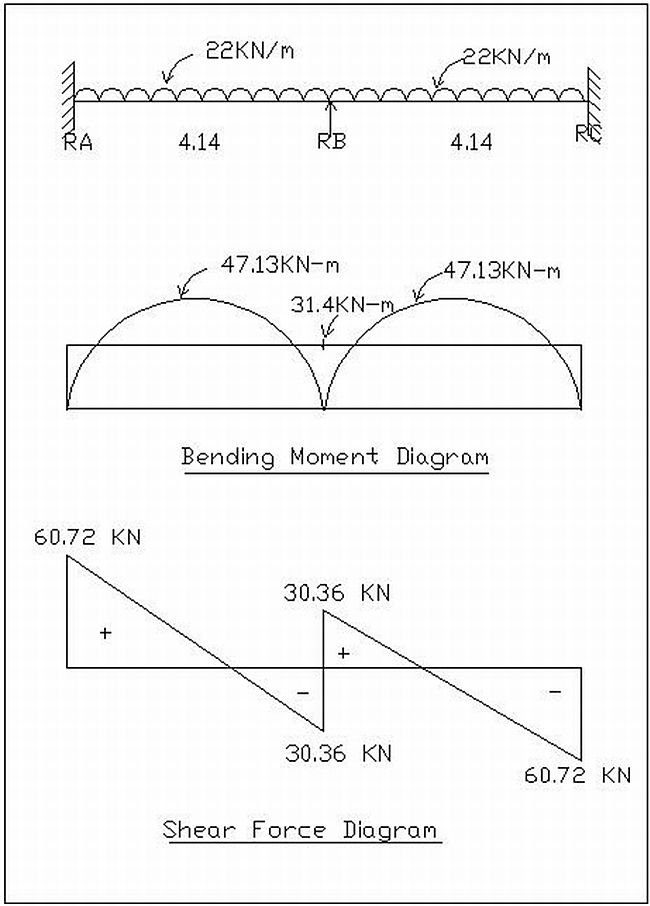Singly reinforced beams | Building Construction
For design of “Singly reinforced beam” article series, we have covered the following:
- Basic definitions and formulas
- Understanding stresses and modular ratios
- Assumptions for singly reinforced sections
- Design procedure for Singly reinforced section – I
- Solved Numericals for Singly reinforced beam | Method I
- Design of Singly reinforced sections | Design Method 2
- Solved Numericals for Singly reinforced beam | Method 2
- Moment of Resistance for Singly reinforced sections
- Solved numerical example | Moment of resistance
- Solved numerical example 2 | Guide to singly reinforced sections
Now we will move on with another solved example where we will calculate the Moment of resistance and determine the position of the Neutral axis. For this we will have to use the formulas that we have derived earlier in our previous articles in the list above.
Numerical Problem
Calculate the moment of resistance of an RC beam 250x550mm overall. Reinforcement is 1521mm2 and is placed at a distance of 25mm from the bottom.
(σcbc = 7N/mm2, σst = 140N/mm2, m = 13.33)
Given that:
b = breadth of a rectangular beam = 250mm
d = effective depth of a beam = 550 – 25 = 525mm
x = depth of neutral axis below the compression edge = ?
Ast = cross-sectional area of steel in tension = 1531mm2
σcbc = permissible compressive stress in concrete in bending = 7N/mm2
σst = permissible stress in steel = 140 N/mm2
m = modular ratio = 13.33
We have to find the value for Moment of resistance. To calculate Mr, we have to first calculate NA(critical) and NA (actual).
To find Neutral axis (NA) (critical):
σcbc /(σst/m) = xc/(d – xc)
7/(140/13.33) = xc/(500 – xc)
xc = 209.969mm = 210mm





